It used to be that to be an expert—what we now call an influencer—you had to do something extraordinary: paddle around a continent, complete the first descent of some faraway river, endure rigorous training, write a classic book or invent a timeless boat design.
But increasingly, the criteria for being an expert is to have an impressive social media following, which is really just a measure of cleverness with a camera, algorithms and personal branding. Sure, you could argue famous paddlers of the past were the influencers of their day, similar to their modern counterparts except in the medium through which they promoted their exploits. But there are some important differences.
How social media is redefining—and maybe undermining—wilderness adventure
Foremost, today’s outdoor influencers operate squarely in the attention economy, with advertising piggybacking on all their content, where eyeballs translate into sales of consumer products. There is something paradoxical about this commodification of the wilderness experience, which is, in its essence, anti-materialistic.
One of the biggest outdoor influencers is Luke Nichols, a former traffic attorney from Virginia who runs the Outdoor Boys YouTube channel. A typical post, “Can I Survive Alaskan Winter with No Sleeping Bag, No Tent & No Tarp?” has 12 million views. Forty-one million people watched his “5 Days Fishing & Camping in Swamp.” The internet estimates with his nearly nine million subscribers and 1.5 billion total views on YouTube, Nichols’ annual earnings are in the multimillions. Enough to afford a tent and a sleeping bag.
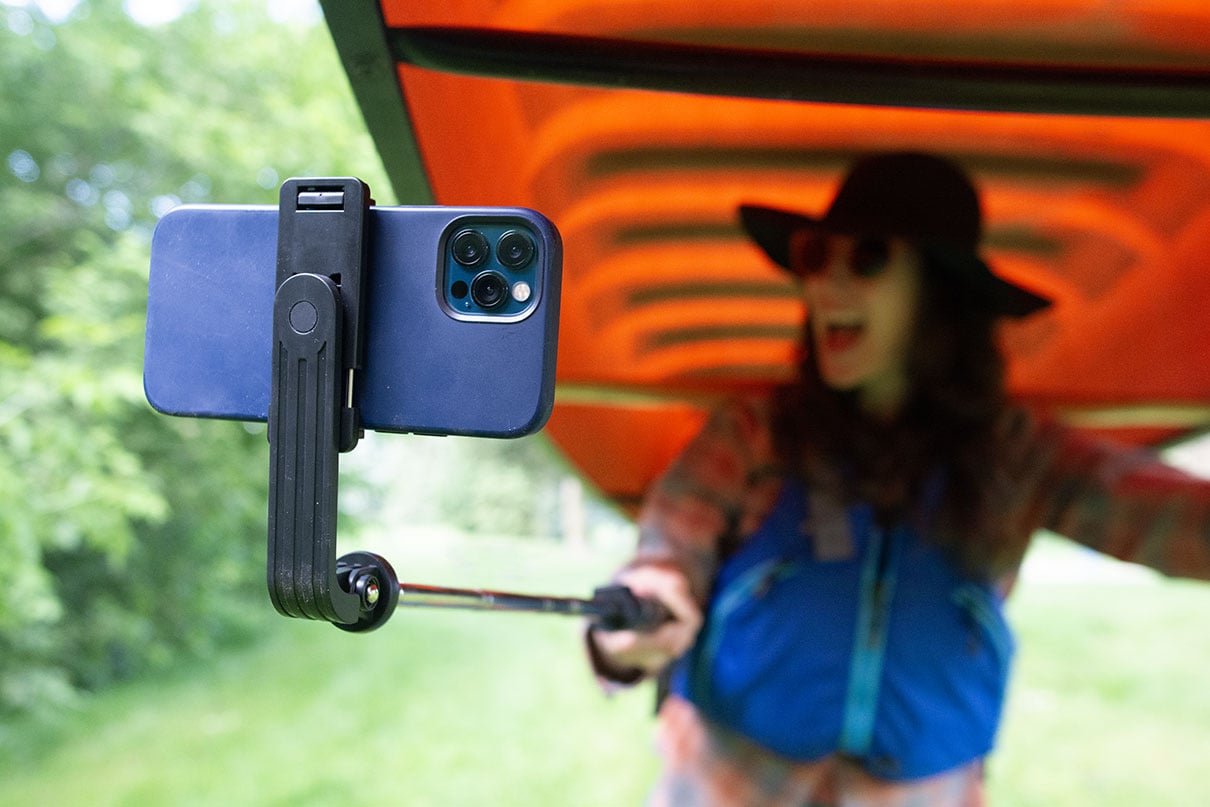
His videos of roughing it with as little equipment as possible aren’t something you’d expect would sell a lot of products. But hitting play launches ads for Old Spice deodorant, Febreze air freshener and Airbnb. What more could you want after five days in a swamp? Google knows most people who watch this stuff are more likely to book a vacation rental where they can smell good on a comfy mattress than camp out themselves.
Don’t sell your soul
Even when the intentions start pure, content is coopted by the market. The old-time explorers sold all kinds of gear. The alpinist Reinhold Messner turned his high altitude exploits into such a fortune he now resides in a restored Italian medieval castle with his own museum. Bill Mason’s legacy is no doubt boosting the sales of Prospector canoes to this day. But for the most part, these old-schoolers’ books, films and in-person lectures were the product. The audience paid for them directly, and their value was intrinsic, not measured by how well they could churn other people’s widgets. Nowadays, the content you get for free is just the shiny thing Alphabet Inc. uses in its bait-and-switch gambit. You thought you were learning about the wilderness, but actually, you’re being pitched air freshener. And if you want to glow in your Instagram posts like those burly outdoorsfolk, better use this discount code for Athletic Greens.
The omnipresence of advertising brings the authenticity of expert content into question. What creator does not fall into the trap of using real-time analytics to determine what garners views and crafts their content accordingly?
Every action is an activation, all communication is content, and there is nothing that can’t be monetized.
When my favorite podcaster first ventured into advertising, I was all ears. “This guy needs to make a buck to produce this great content,” I thought. But as his channel blew up and I watched his personal favorite mattress, multivitamin and medication app rotate from one set of companies to their direct competitors over the seasons, I realized this was just capitalism in another form.
Another problem with outdoor influencers is the content is often just plain dull. Most YouTube canoe tripping footage is drier than your grandmother’s vacation slideshow. A video of a cheese sandwich grilling over a camp stove is less interesting than watching paint dry. And as much as the internet has the aforementioned obsession with people camping out without sleeping bags, I am too restless to get outdoors myself to sit through 30 minutes of a bearded guy in a stick shelter talking to himself about how he didn’t have the greatest sleep and he sure would have been a lot more comfortable if he’d had a few wool blankets. I hear enough of this sort of thing from my wife every morning. It’s a wonder millions watch this dreck; anyone handwringing about our decaying attention spans need look no further for solace.
Social media has only accelerated the exhausting trend by which marketing has become the water we all swim in. This transformation has turned being into branding. Every action is an activation, all communication is content, and there is nothing that can’t be monetized. Its influence has crept into the last frontier, my sanctuary, the wilderness.
The joy of being present
For all my complaints, I harbor no ill will toward influencers. Mostly, I feel sorry for those chained to the content sweatshop, who can’t experience a moment in the wilderness without a camera on a gimbal and a drone buzzing overhead, who must make multiple trips past every rapid—once to film it, once to retrieve the camera, and again and again for editing. For these folks who have, or aspire to have, large and monetized followings, creating content is always central, and the value of the experience is only fully realized once it’s been posted, liked and shared. The canoe trip becomes like one of those concerts people only see through their phones—so intent to prove to others they were there, for all practical purposes, they aren’t really there at all. The influencers aren’t the people I want to hear from. I’m curious about the non-self-promoters, those whose quiet voices are drowned out by the content firehose, and I don’t know where to find them anymore.
There was once a concept proposed, mostly as a thought experiment, called rescue-free wilderness. The idea was the only way to have a true wilderness experience was to go someplace where nobody would come to your aid. Our era calls for something different: content-creation-free wilderness, an embargoed place where the influencers would never want to go because you’re not allowed to document it electronically. Contrary to the adage take only pictures, the only way to record it would be through memory. The only way to see it, go there yourself.
Contrarian Tim Shuff is a writer, firefighter and former editor of Adventure Kayak magazine.
Don’t forget to like, comment and subscribe at paddlingmag.com. | Feature photo: Geoff Whitlock


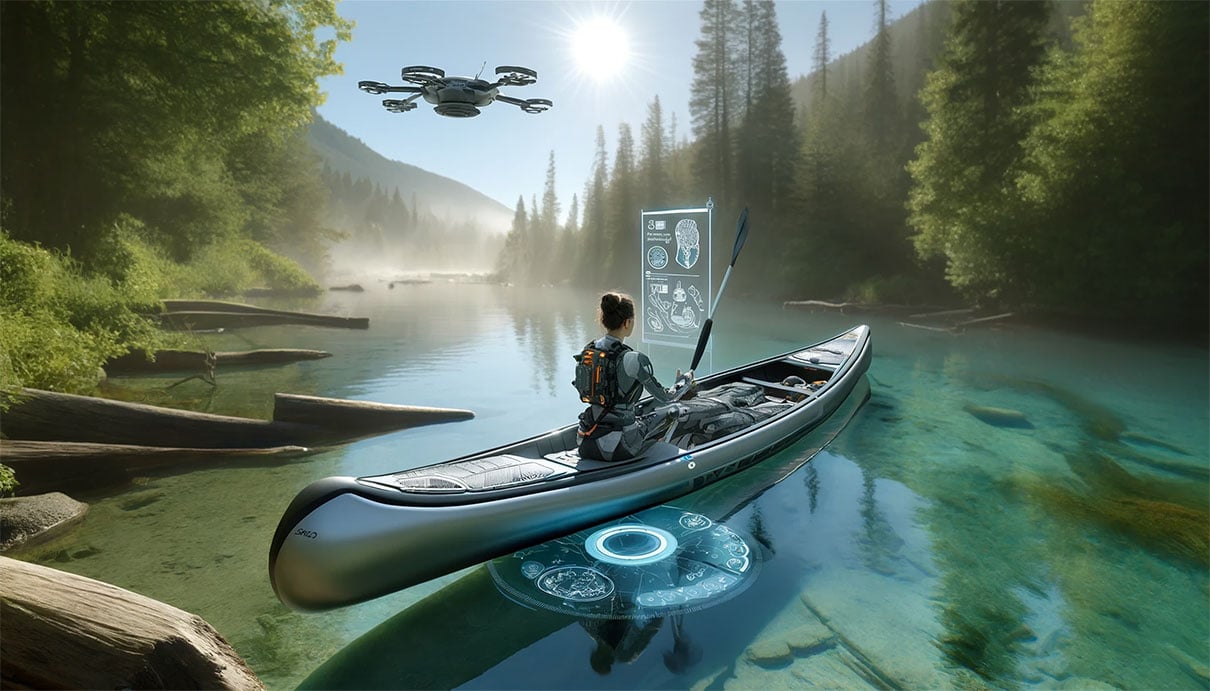
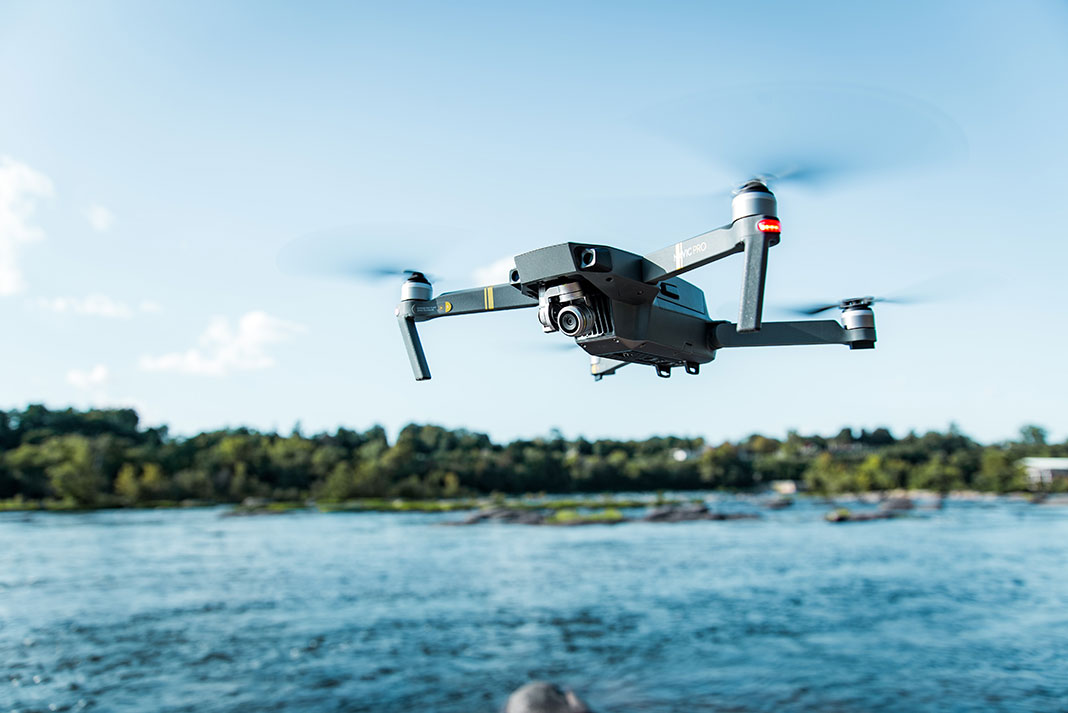
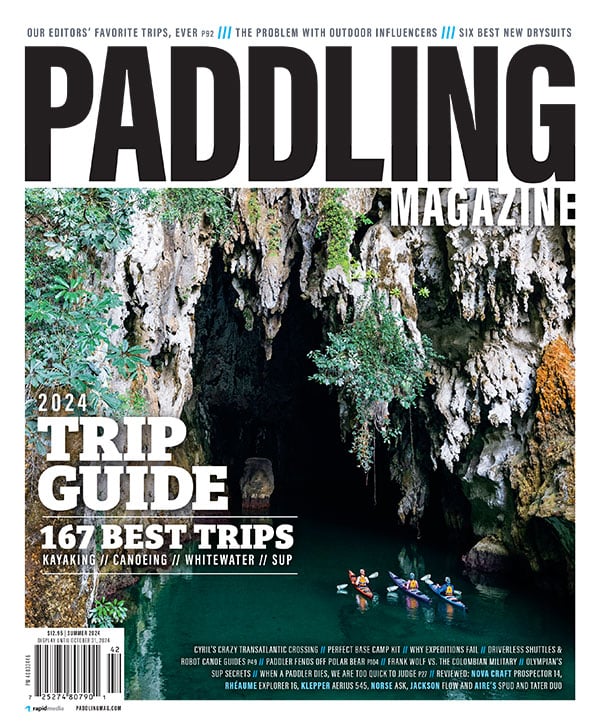 This article was first published in Issue 72 of Paddling Magazine.
This article was first published in Issue 72 of Paddling Magazine. 
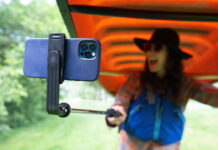
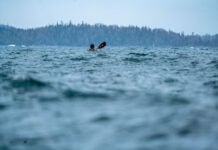
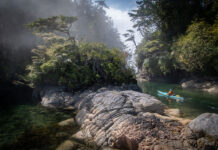
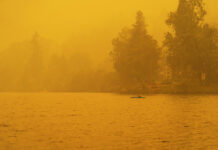

Well said.